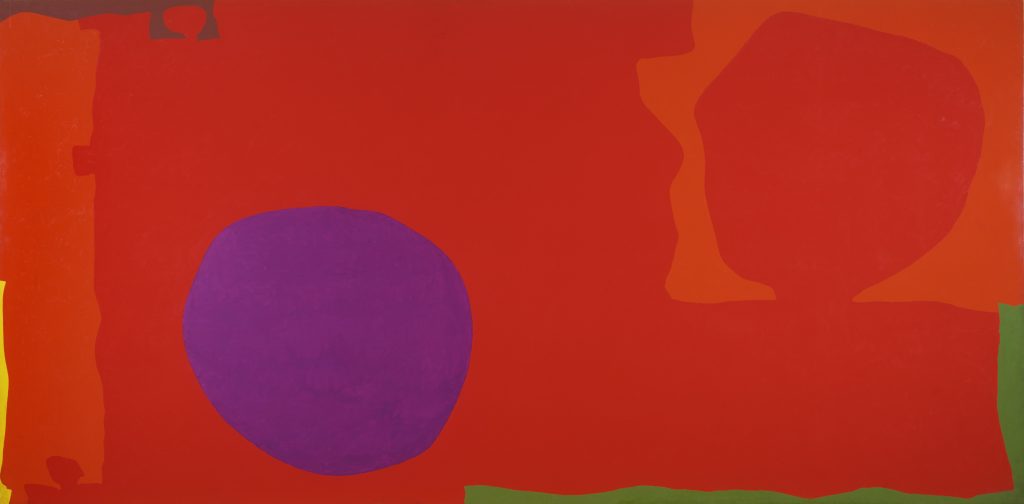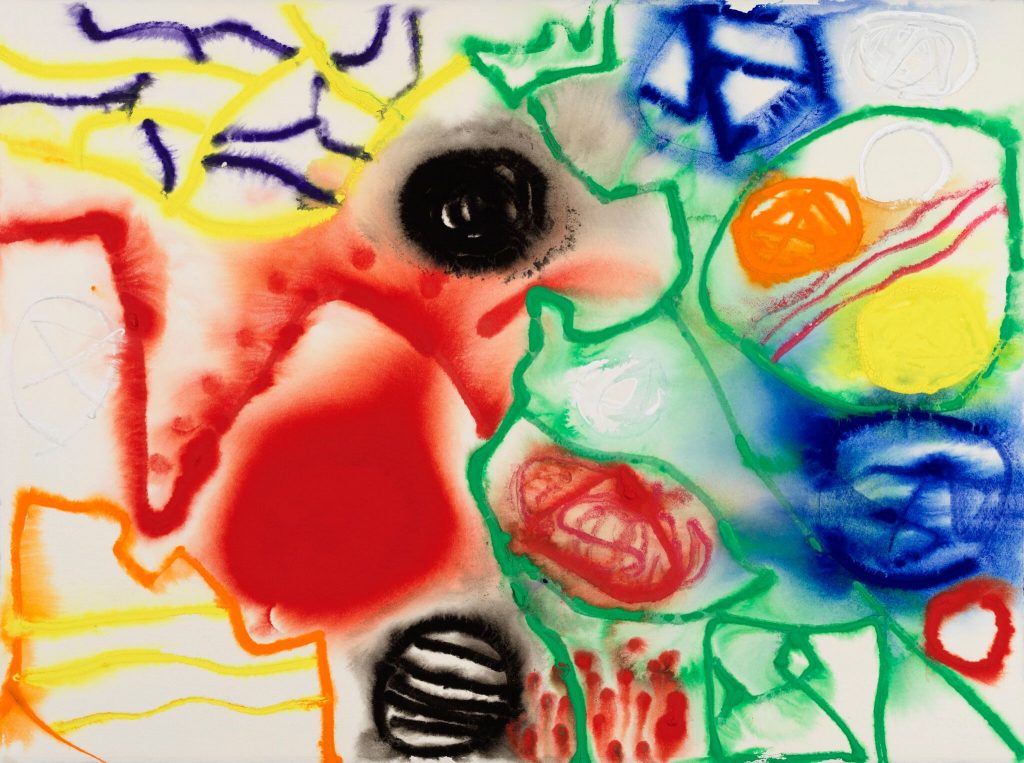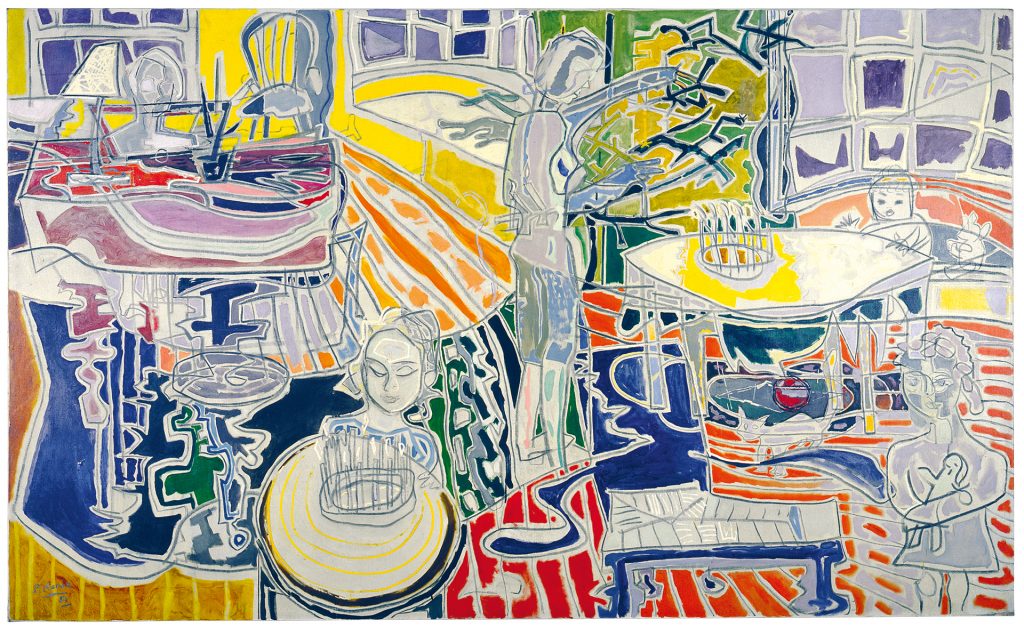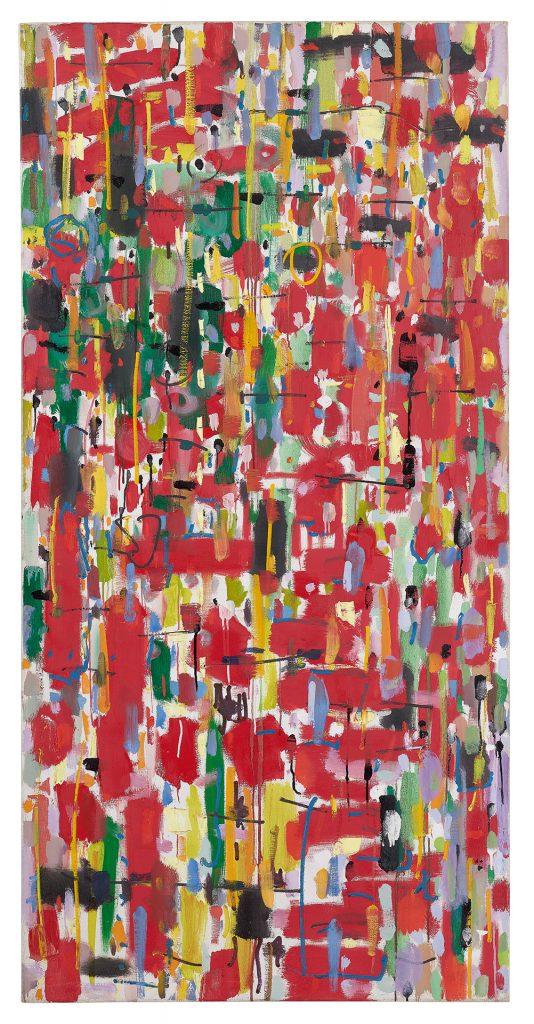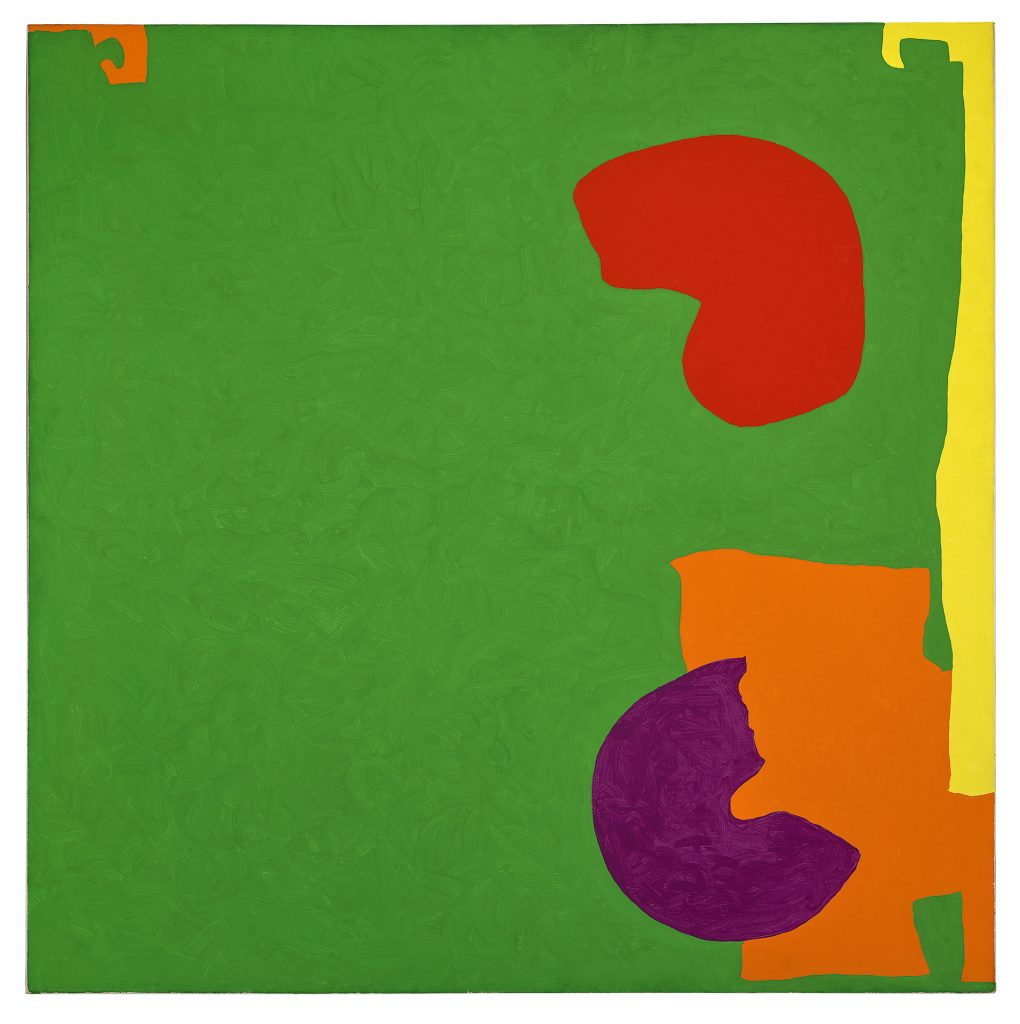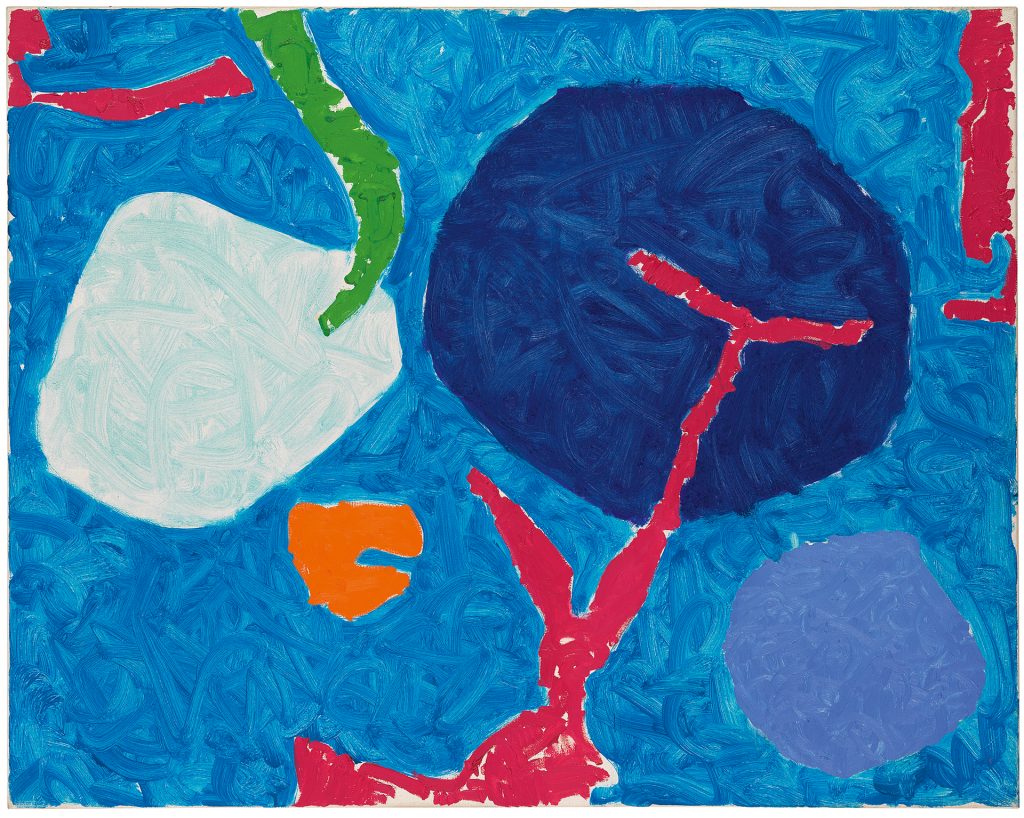Dan Holdsworth: Continuous Topography
26.10.18 - 06.01.19
Northern Gallery for Contemporary Art, Sunderland
As reviewed for the excellent free site Photomonitor
 |
| Screen shot from Continuous Topography |
Dan
Holdsworth’s presentation in the Northern Gallery for Contemporary Art
might be described as decidedly simple, yet highly academic.
It’s simple in that there are just two works, with a gallery space each, and they are easily described. Continuous Topography and Traverse
(both 2018, but the outcome of five years’ development) are the first
films made by Holdsworth, who is known for a twenty year photographic
career which has seen him travel widely to capture remote places in an
often sublime meditation on man’s relationship with the environment in
the Anthropocene. Both films present glacial landscapes. In Continuous Topography
we see 11 minutes of what looks like 3D modelling of ice on Mont Blanc,
seen from various angles as the camera tracks around above the scene.
In Traverse, we appear to be flying over an Icelandic glacier
for seven minutes at a steady speed and constant height and angle. That
said, the simplicity is partly brought about by this being just the
first of two linked solo shows: ‘Spatial Objects’ will run 18 January 17
March 2019 – with 16 sculptural representations of single pixels
marking unique points in space as the ultimate contrast to the grand
aerial views of Part One.
 |
| Installation view: Continuous Topography (one of two screens) |
The background to the films is academic
because it turns out that a lot of research lies behind the techniques
used to capture their startling detail. That is appropriate to the
NGCA’s new home, alongside the National Glass Centre and attached to the
University of Sunderland (which has assisted in marking the show with a
spectacular and learned large format 300 page book which places it in
the context of a critical assessment of Holdsworth’s whole career).
Moreover, Holdsworth – in what is a first for an artist, so far as I
know – has sponsored a PhD student to assist in developing the
techniques used. Mark Allen is a geomorphologist, and the approach he
has helped develop is the latest in ‘photogrammetry’: intense ground
level fieldwork, using thousands of photographs, enables high-end
software to correlate the measurements of each patch of land and model
the site in virtual space. That virtual model is what we see animated in
Continuous Topography.
To call the show ‘academic’,
however, is not to say the experience of watching is dry and
uninvolving. The glaciers of the French Alps prove surprisingly jagged
and dramatic, and though millions of data points are involved in
defining their geography, something of a see-through effect remains, so
that the ice’s shapes look in turn, like moss mottled onto rocks, the
clouds which they literally are (of data) or even smoke. The appearance
is, appropriately, of impermanence. Traverse, too, fits in with
the tradition of the natural sublime. Just as awe-inspiring sights
shown in a way which – even in our image-saturated age – makes us see
afresh, these are striking films.
 |
| Screen shot from Continuous Topography |
Nor is the show so simple once probed. The number of issues raised make Part One alone deceptively complex.
It
is easy to assume we are looking at films of landscapes. That would be
the natural result of seeing Holdsworth as pushing forward the tradition
of indexical lens-based representation – a history with which all his
work explicitly engages. In fact, neither film fits. Continuous Topography’s
virtual model isn’t driven by photography as indexical representation
so much as its newer GPS-driven character as a means of mapping exact
times and places. It is, in that way, a highly accurate representation
of reality, but this landscape-as-object doesn’t look as we would
expect. In Holdsworth’s words: ‘I suggest structures through the process
of making the picture, rather than representing them’.
 |
| Installation view, Traverse |
Traverse
is also a simulation: a monumental panorama made by digitally stitching
together a huge number of images captured by drone. What we see isn’t
an aerial film, but a film tracking over the digital combination of many
drone-shot photographs. Technically, such a construction might be
compared with Penelope Umbrico’s accumulation of internet-sourced
photographs or Idris Khan’s multiple layering of images rather than
Ansel Adams’ more straightforward engagement with nature.
 |
| Detail view, Traverse |
The two
digital journeys across ice are smooth and silent, which also removes us
from the actual experience on the ground. According to Holdsworth, who
has spent days hiking across Alpine and Icelandic glaciers, it is hard
to navigate, given the treacherous surface and the possibility of
treading in hidden crevices, and often noisy due to the ice creaking and
occasionally collapsing explosively. There are also occasional
glitches: Holdsworth points to an interesting difference between
scientists and artists in how they deal with errors: scientists want to
suppress them or explain them away, artists are more likely to welcome
them as a means of exposing the process of construction and place of
making. Both films might be said to visualise what we sense exists, but
could not previously experience visually. They are photography as a type
of scientific investigation. As Holdsworth says: ‘I want to bring a new
world into being, using new means of becoming’. What we have is a 21st century means applied to what – prior to the 21st century – had been widely assumed to be a timeless landscape.
Colour,
light and scale prove hard to pin down. These are colour processes
applied to an essentially monochrome landscapes; Holdsworth very rarely
shoots in daylight, making it hard to assess what kind of light we have
here; and it is difficult to be sure of the magnitude of what we see. Continuous Topography is projected on screens which fill a large room, yet one can imagine that the models could be of microscopic elements. Traverse
is shown on comparatively small TV monitors, reinforcing the
possibility that these scenes might be reduced in scale, but in fact the
strip continually traversed is several hundred metres across.
That
question of scale has resonance. It is impossible to forget, looking at
these landscapes, that they are disappearing rapidly due to global
warming – that the primordial planetary processes they model are now
affected by human activity. Both landscapes are much flatter and less
extensive than they would have been a century back. Holdsworth sees
human history spelt out in that change: ‘The industrial revolution is in
the glaciers’. NGCA director Alistair Robinson sets it out clearly in
his catalogue essay: Holdsworth’s work speaks to the shifting contours
of ice, the vast vistas of pre- and post-historic time and our own
transience, and the fragility of our ecological niche ‘made more
poignant by the state of knowledge we now have about where our
destructive behaviour may be leading’.
Both films are shown twice
on separate screens: starting simultaneously, but running in opposite
directions. That takes some puzzling out, as they seem quite different
until you come to the point at which they match. That double
presentation suggests a cyclical process, taking the viewer into
geological time and putting me in mind of how the Big Bang led to an
expansion which, one theory posits, is set to be reversed in the
enormously long run through the Big Crunch – in which the average
density of the universe is sufficient to halt its expansion and initiate
a contraction back towards its originating state. That would be the end
of the world, were it not that other threats – climate change,
asteroids, the explosion of the sun – are so likely to get there first.
What if you ran the cosmology backwards, I wondered, noticing how this
is a show which takes you to unexpected places…
__________
For further viewing:
 |
| Spatial Objects |
Dan Holdsworth’s solo exhibition ‘Continuous Topography’
at the Northern Gallery for Contemporary Art continues until 6 January
2019 (to be followed by a second show 18 Jan – 17 March 2019 of
Holdsworth’s ‘Spatial Objects’)
